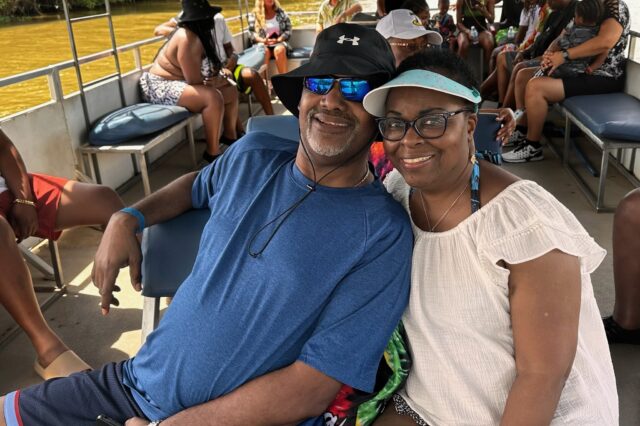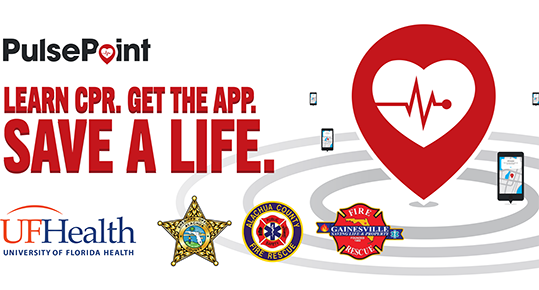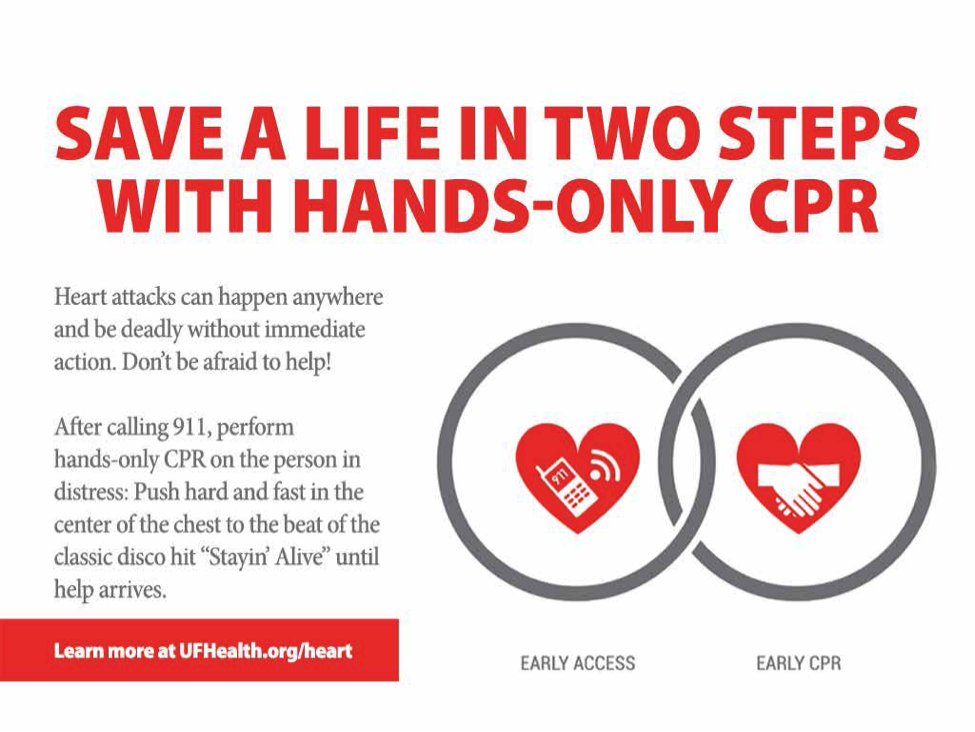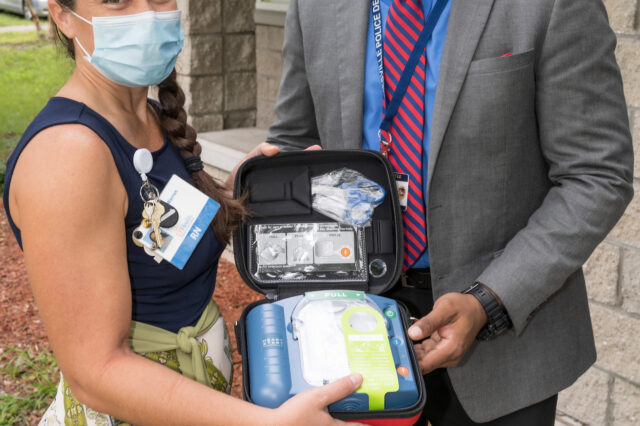Bystander CPR Helps Michael Overcome Sudden Cardiac Arrest
Sitting in church and practicing songs for Sunday service, Valerie Layton unexpectedly felt the weight of her husband Michael lean on her. It was April 1, so…

Update your location to show providers, locations, and services closest to you.
Sudden cardiac arrests are more common than you may think, and they can happen to anyone at any time.
You will most likely be called on to give CPR to a child, spouse, parent or friend.
Hands-only CPR is CPR without mouth-to-mouth breaths, and has been shown to be as effective as conventional CPR for cardiac arrest, doubling or even tripling a victim’s chance of survival.
Hands-only CPR has two simple steps:
PulsePoint Respond is a free mobile app that alerts all potential first-responders — including citizens and off-duty medical professionals — who are within a quarter-mile of the person experiencing a cardiac arrest. The app provides directions on where to find the person in need, then displays reminders on how to deliver chest compressions.
Started in 2010, the life-saving app is currently active in more than 3,300 communities in 42 states and more than 153,000 users have been notified of a cardiac arrest through the app.

Sudden cardiac arrest is not the same as a heart attack.

Our community and patient programs provide great value to patients, families and loved ones. People can find support, educational materials, expert consultants and more. In most instances, these programs are offered free of charge.
Free summer enrichment program for college students interested in the health professions.
Sitting in church and practicing songs for Sunday service, Valerie Layton unexpectedly felt the weight of her husband Michael lean on her. It was April 1, so…

September 30, 2020
The UF Health Chest Pain Center, in coordination with the UF Health PulsePoint task force, has donated a pair of automated external defibrillators, or AEDs, to…
Department of Emergency Medicine, +3 more
